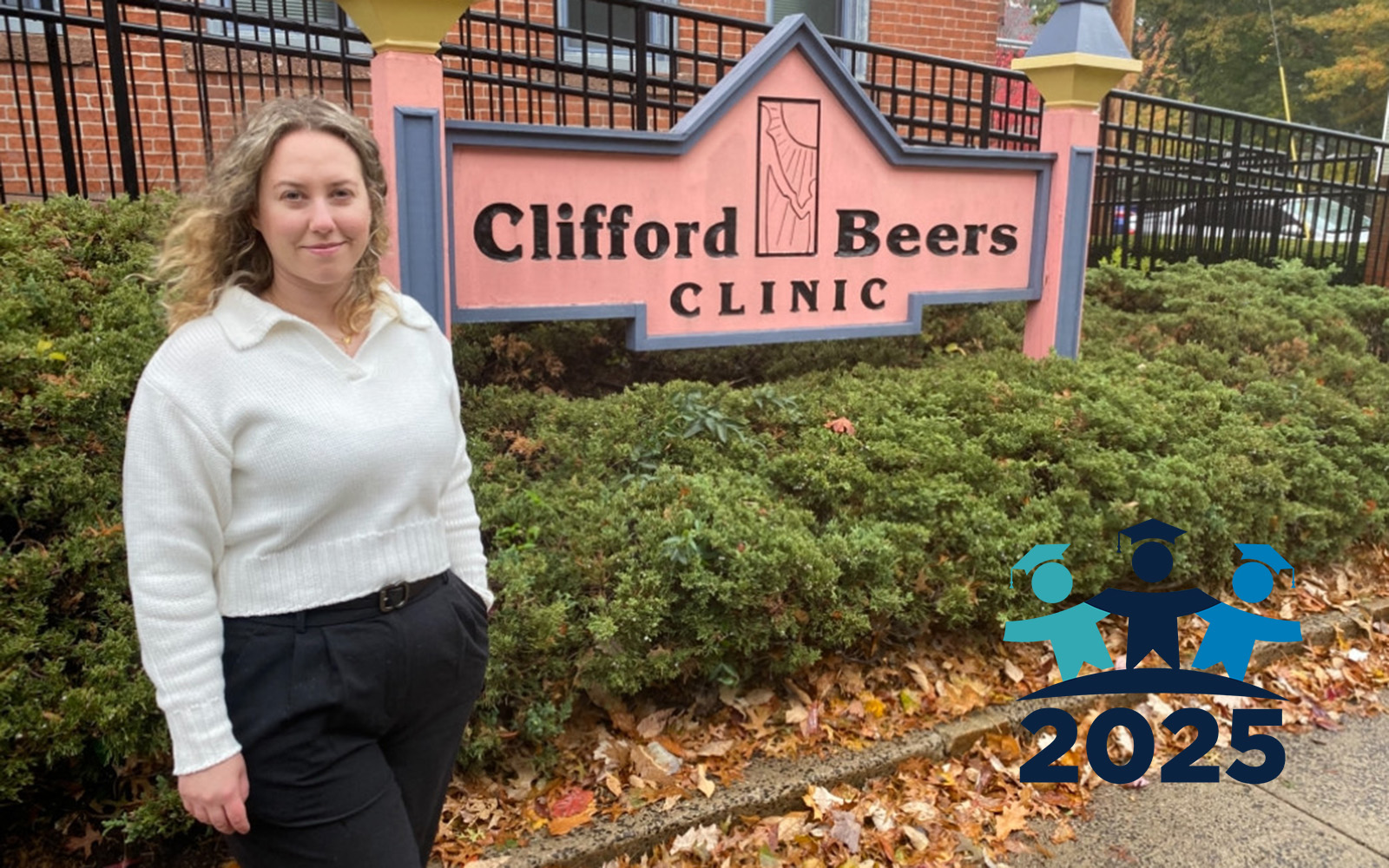
After several years researching the history of the death penalty in Connecticut, Professor Lawrence Goodheart is certain of one thing: of 158 people put to death for crimes in the Nutmeg State, “None of them were hedge fund managers.”
Goodheart, of course, was speaking with tongue in cheek. But his point is clear – all 158 people were poor, on the margins of society, except for one man, Michael Ross, the Cornell-educated serial killer who volunteered to waive his rights to appeal and, in 2005, was put to death by lethal injection.
Ross was the first person to die at the hands of the state since another serial killer, Joseph ‘Mad Dog’ Taborsky, in 1960. Taborsky, too, died only after voluntarily waiving his rights.
Goodheart, a history professor at UConn’s Hartford campus, is author of the book The Solemn Sentence of Death: Capital Punishment in Connecticut, which was just released by the University of Massachusetts Press.
He says Taborsky may also have something in common with another killer, Stephen Hayes, and his alleged accomplice in the heinous Cheshire murders, Joshua Komisarjevsky: both may scuttle legislative moves to end the death penalty in Connecticut.
“This is the first time in 50 years there’s been a legislature and a governor ready to abolish the death penalty,” says Goodheart. “But the Cheshire murders were so horrific that the bill still may not make it through. A similar thing happened in 1960 when Ribicoff was governor and it looked like the death penalty might be abolished, but Taborsky’s crimes ended that effort.”
That would be a shame, says Goodheart, who believes Connecticut’s death penalty is not enforceable. For that reason, and as an outcome of his research for the book, Goodheart says he now opposes the death penalty.
“The research convinced me,” he says. “I’ve reviewed enough cases – immigrants, witches, people on the social margins. A Waterbury prosecutor once said the penalty is only for the worst of the worst, and that’s pretty much been true since the 1930s. But now it’s really a question of whether it’s ethical for the state to kill.”
Unequal justice
Throughout his research, which Goodheart began before the 2005 execution of Ross, he came across gross inequities in the implementation of the death penalty in Connecticut. Eleven people were hanged for witchcraft – nine women and two of their husbands. The others were single, poor, exhibited odd behaviors, or were cantankerous. In the 18th century, six men were hanged in Connecticut for rape. Of those, five were black, and all were put to death for attacks on white women.
In the mid-19th century, a ‘glut’ of Irish was executed after they fled the Potato Famine; and other new immigrants proved to be popular targets until about 1930. During that time about 60 people, many of them Italian, were executed. It was during that period that the oldest person ever executed in Connecticut – a 73-year-old European Jew – was killed.
Still, Goodheart says, Connecticut citizens and legislators have long wrestled with the broader philosophical view of the death penalty. During the Salem Witch Trials in Massachusetts, and after Connecticut had laid to rest its own cadre of witches, a judge finally put a stop to the practice, saying he was not going to let a woman who was on trial for witchcraft be put to death because “people said she could turn into a cat.” Rather, he ruled, the penalty could only apply if at least two eye witnesses testified that a crime had been committed.
A gender code took center stage in 1786, when an 11-year-old – the youngest ever executed in Connecticut and possibly in the nation – was put to death, an execution so shocking that after that even women who were convicted of murder were not executed.
Then, in 1817, after a black man was hanged for rape, the state’s law was changed to what it largely is today, with only murder being considered a capital offense. For the previous 200 years, there had been up to 18 crimes considered punishable by death, including bestiality and sodomy. In the case of sodomy, Goodheart found a rare ‘man of means’ who was apparently very active, but his money held sway and he was merely fined.
“I would love to see how many people of means have been charged with capital crimes but escaped the death penalty because of their wealth,” Goodheart says, “but it’s just too broad a subject.”
The means of execution
The means by which Connecticut has executed ‘the worst of the worst’ also has softened since incorporation. Among the first people executed in the state were two American Indians who were beheaded. Until 1833, convicted felons were hanged in public, with as many as 10,000-15,000 people traveling up to 25 miles to attend a hanging. It was, says Goodheart, “a ritual of death emblematic of divine punishment and civic retribution for all to see.”
In the 1830s, however, people began to see public executions as far too degrading for a democratic citizenry, and hangings were then confined to the county jails – although sheriffs continued to invite dozens of friends.
For Ross’ execution, only a handful attended.
All of which leads to today, says Goodheart, and the question of how society should handle violent people. Currently, 16 states have abolished the death penalty, he notes. In New England, besides Connecticut, only New Hampshire still has the death penalty on its books; but there, too, the death chamber has been silent since the 1950s. Rhode Island led the way, abolishing its statute in the 1800s.
Internationally, the split is similar. Nearly all European nations have banned the death penalty, and Turkey abolished it a decade ago. In the West, with the exception of the United States, the death penalty is very much in decline, Goodheart says.
Where Connecticut goes is unknown, he adds, but citizens will get their first look at the future on April 15, when the General Assembly’s Judiciary Committee must either report the bill out, sending it to the full legislature for consideration, or essentially kill it by not sending it on. Should the latter occur, it could still see the light of day through petition, but the committee’s thoughts will have been made clear.
Goodheart will discuss the book at the UConn Co-op on April 20 at 4 p.m. He is also scheduled to talk at the Hartford Campus on April 21 at 12:30 p.m. The location has not yet been announced.


